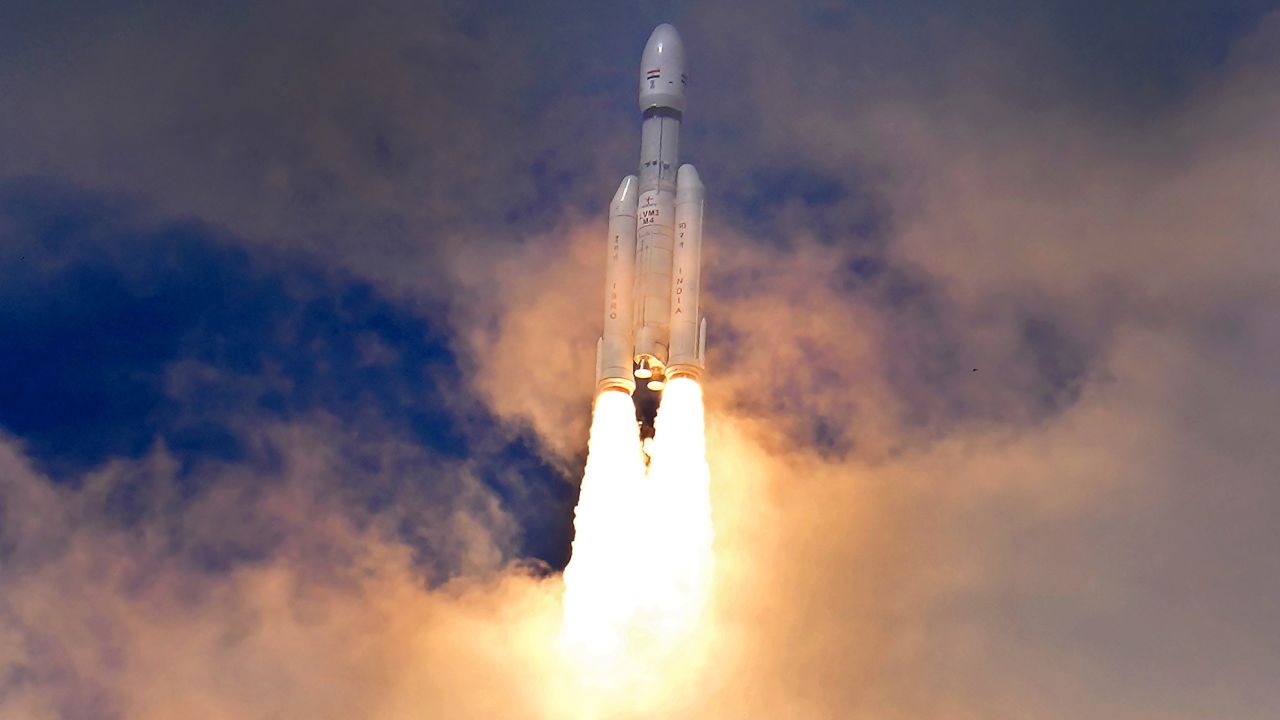Chandrayaan-3: India's Ambitious Mission to the Moon
India's space exploration journey has been marked by remarkable milestones, and the Indian Space Research Organisation (ISRO) has consistently demonstrated its capabilities in the field of space science and technology. Continuing its pursuit of celestial exploration, ISRO is gearing up for its next ambitious lunar mission, Chandrayaan-3. Building upon the success of its predecessors, Chandrayaan-1 and Chandrayaan-2, this upcoming mission promises to further expand our understanding of the Moon and advance India's space endeavors.
A Brief History: Chandrayaan-1 and Chandrayaan-2
Before delving into the details of Chandrayaan-3, it is essential to revisit the achievements of its predecessors. Chandrayaan-1, launched in 2008, marked India's maiden voyage to the Moon. Among its many accomplishments, the mission's most significant feat was the discovery of water molecules on the lunar surface, a groundbreaking finding that reshaped our understanding of Earth's closest celestial neighbor.
Chandrayaan-2, launched in 2019, represented a substantial leap in India's lunar exploration efforts. It consisted of an orbiter, a lander called Vikram, and a rover named Pragyan. Although the lander encountered a difficult descent and communication was lost shortly before landing, the orbiter continued to function successfully, delivering valuable data and images of the lunar surface.
Chandrayaan-3: Objectives and Goals
Chandrayaan-3 is a continuation of ISRO's commitment to lunar exploration, with a primary focus on achieving a soft landing on the Moon's surface. The mission aims to rectify the challenges faced during the Chandrayaan-2 landing attempt and demonstrate India's capability to successfully land on the Moon.
The key objectives of Chandrayaan-3 are as follows:
Soft Landing on the Moon: The central goal of Chandrayaan-3 is to safely land on the lunar surface, a feat that has been achieved by only a select few nations. The successful execution of a soft landing would establish India as a key player in lunar exploration.
Enhancing Scientific Research: The mission will carry a suite of scientific instruments to conduct extensive research on the Moon's surface, geology, and composition. This data will further our understanding of the Moon's origin and evolution.
Exploration and Mapping: Chandrayaan-3 aims to explore new areas of the Moon and create detailed 3D maps of the lunar surface, aiding future missions and potential human exploration endeavors.
Demonstration of Technology: The mission will serve as a testbed for various technologies, including lunar landing and rover operations, which will be critical for future missions to the Moon and beyond.
Challenges and Preparations
Space missions are complex endeavors, and Chandrayaan-3 is no exception. ISRO engineers and scientists have been meticulously analyzing the data from Chandrayaan-2's landing attempt to identify the areas that need improvement. Lessons learned from previous missions will be invaluable in ensuring the success of Chandrayaan-3.
Some of the challenges that the mission will need to overcome include precise navigation and guidance during descent, managing lunar dust and rough terrain during landing, and maintaining continuous communication with the lander and rover on the Moon's surface.
Global Collaborations and Future Prospects
ISRO has a strong history of collaborating with international space agencies and organizations on various space missions. Chandrayaan-3 is no different, and the mission is expected to foster international cooperation in space exploration.
Looking ahead, the success of Chandrayaan-3 will lay the groundwork for future lunar missions and possibly set the stage for human exploration of the Moon. The knowledge gained from this mission will not only deepen our understanding of the Moon but also contribute to broader scientific research and inspire the next generation of scientists, engineers, and space enthusiasts.
Conclusion
Chandrayaan-3 represents a crucial chapter in India's space exploration story, reaffirming its commitment to pushing the boundaries of space science and technology. As the mission takes flight, the world will be watching closely, hoping for a successful landing and a wealth of scientific discoveries. With Chandrayaan-3, India aims to leave an indelible mark on the lunar landscape and contribute significantly to humanity's knowledge of the Moon and the universe beyond.

Comments
Post a Comment